How I Learned the Importance of Communication and Collaboration in Software Projects.
Written by: Adolfo Cruz –

I have been involved in software development for a long time. I started my career on the battlefront: writing code. In recent years, I no longer write code; nowadays, I coordinate the people who write and test the code. I have learned that every team faces some of the common challenges in software projects.
Common Challenges in Software Development Projects
Software projects often encounter several recurring challenges, which can complicate development processes and impact outcomes:
- Changing Requirements: Unforeseen changes in project scope or client expectations that disrupt development timelines and budgets.
- Tight Deadlines: Pressures to deliver software within short timeframes that lead to quality compromises and increased stress.
- Complex Systems: Developing intricate software systems with multiple interconnected components can be challenging to design, test, and maintain.
- Technical Debt: Accumulating technical debt, such as using inefficient code or neglecting refactoring, can hinder future development and maintenance efforts.
- Security Threats: Protecting software from vulnerabilities and attacks is crucial but difficult to achieve.
- Scalability Issues: Ensuring software can handle increasing workloads and user demands as it grows.
- Communication and Collaboration: Effective communication and collaboration among team members, stakeholders, and clients are essential for successful project outcomes.
- Unrealistic Expectations: Misaligned expectations between clients and development teams that lead to misunderstandings and dissatisfaction.
Some of these challenges are interconnected or are consequences of others, so I want to focus on one that can cause many of the other problems.

Why Communication and Collaboration Matter in Software Development
Instead of trying to define communication or collaboration, I’ll give you an example of what I consider effective communication/collaboration or the lack of it in this case:
When I was a junior developer, I received a well-written document containing the requirements of a report I was supposed to implement in the company’s ERP system. I diligently read the requirements and started coding immediately to meet the two-week deadline. I didn’t ask many questions about the requirements because they were well described in the document, and I didn’t want to give the impression that I could handle the job. Two weeks later, I delivered the report on time after many tests and bug fixes. It was released to the UAT environment, and it monumentally crashed. What went wrong?
Now I know what went wrong. Back then, I was embarrassed. Here is a list of the problems that my older me identified:
- Lack of communication: I received a document, read it, and then jumped into coding without asking about the context of the report, how it was going to be used, how much data was expected to show in a production environment, or who the final users were.
- Deficient communication: My manager asked me every other day about my progress in development. My answer was: Everything is okay, on track. His reply was: Excellent, keep working. I was not sharing details of my progress, and he didn’t inquire more about my progress. We were not communicating effectively.
- Lack of collaboration: I was part of a team, but our collaboration was more about providing status than helping each other. I could’ve asked for help from more senior developers about my approach while implementing the report. I could’ve requested a code review of my DB queries, which looked beautiful but performed terribly with large data sets.
So, I had a problem of scalability and a deadline that was not met, caused by deficient communication and collaboration.
That is how I discovered that decent technical skills were not enough to become a good developer. I needed to learn more about effective communication and efficient collaboration.
Examples of Effective Communication and Collaboration
Today, when I coach my teams at Scio, I often talk about the importance of communication and collaboration between all the people involved in a project, for example:
- After a daily Scrum, is it clear what everybody is working on? Do you leave the meeting with a daily mission to accomplish?
- Do you know when to ask for help? Have your team defined rules about asking for help when a problem solution takes too long?
- Are the team goals aligned with the client’s goals?
- Do you communicate any deviations to the plan to the right people?
- Do you feel comfortable with your team discussing inefficiencies in your development process?

Practical Tips for Improving Communication and Collaboration in Software Projects
To make the most of communication and collaboration in your software projects, consider these best practices:
- Ask Questions: Encourage developers to clarify requirements and ask questions to avoid misunderstandings.
- Keep everybody in the loop: Keep communication open with team members and anyone involved in the project. “No man is an island,” or in this case, “No team is an island.”
- Foster a Supportive Team Environment: Promote an atmosphere where team members feel comfortable discussing challenges and asking for assistance.
Summing Up
In summary, technical skills and methodologies are necessary for successful software development, but they aren’t enough without effective communication and collaboration. By focusing on these areas, you can improve project outcomes, reduce misunderstandings, and deliver quality software that meets client expectations.
Interested in learning more about how our teams at Scio can help your software project succeed? Contact us today to find out how we can help you achieve your software development goals with a team focused on effective collaboration and communication.










